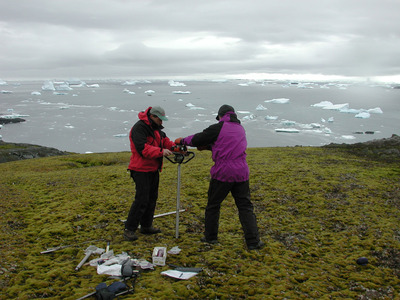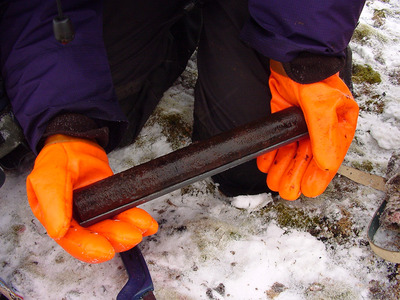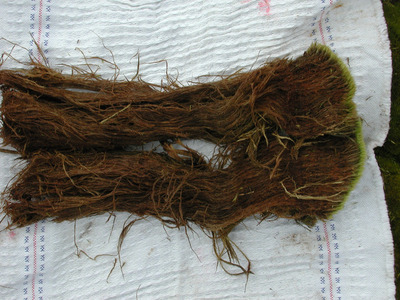Millennium-old frozen moss comes back to life
Researchers from the British Antarctic Survey and the University of Reading have demonstrated for the first time that after over 1500 years frozen in Antarctic ice, moss can come back to life and continue to grow. Their results have been reported in the journal Current Biology.
“Mosses, dominant elements in the vegetation of polar and alpine regions, have well-developed stress tolerance features permitting cryptobiosis,” noted the researchers. “However, direct regeneration after longer periods of cryptobiosis has been demonstrated only from herbarium and frozen material preserved for 20 years at most.”

The researchers’ study saw them take cores of moss from deep in a frozen moss bank in the Antarctic - moss which would already have been at least decades old when it was first frozen. They sliced the frozen moss cores very carefully, keeping them free from contamination, and placed them in an incubator at a normal growth temperature and light level. After only a few weeks, the moss began to grow.
Using carbon dating, the team identified the moss to be at least 1530 years of age, and possibly even older, at the depth where the new growth was seen. Regeneration also occurred in a liverwort embedded in organic material at the base of the core. This is the first study to show such long-term survival in any plant.

“Recent field observations of new moss growth on the surface of small moss clumps re-exposed from a cold-based glacier after about 400 years of ice cover have been accompanied by regeneration in culture from homogenised material,” the researchers said, “but there are no reported instances of regrowth occurring directly from older preserved material.”
Mosses are the dominant plants over large areas of both polar regions and major storers of fixed carbon, especially in the north. Co-author Professor Peter Convey from the British Antarctic Survey said their role in the ecosystem is “far more important than we would generally realise … Understanding what controls their growth and distribution, particularly in a fast-changing part of the world such as the Antarctic Peninsula region, is therefore of much wider significance.”

Professor Convey added that if mosses can indeed survive “century to millennial periods of ice advance … then recolonisation following an ice age, once the ice retreats, would be a lot easier than migrating transoceanic distances from warmer regions. It also maintains diversity in an area that would otherwise be wiped clean of life by the ice advance.”
Lead author Dr Royce Longton said the study strengthens his conviction “that the growth of mosses should be encouraged globally to act as a carbon sink and thus reduce global warming”. Professor Convey added that it raises “the possibility of complex life forms surviving even longer periods once encased in permafrost or ice”.
Found: the most massive stellar black hole in the Milky Way
With a mass 33 times that of the Sun, and based a mere 1926 light-years away, Gaia BH3 is the...
Astronauts will soon grow plants on the Moon
When humans take their first steps back on the Moon after 50 years during the Artemis III...
How plant leaves ensure optimal area for photosynthesis
The small RNA molecules in the cells of the growing leaf set in motion a genetic process that...







